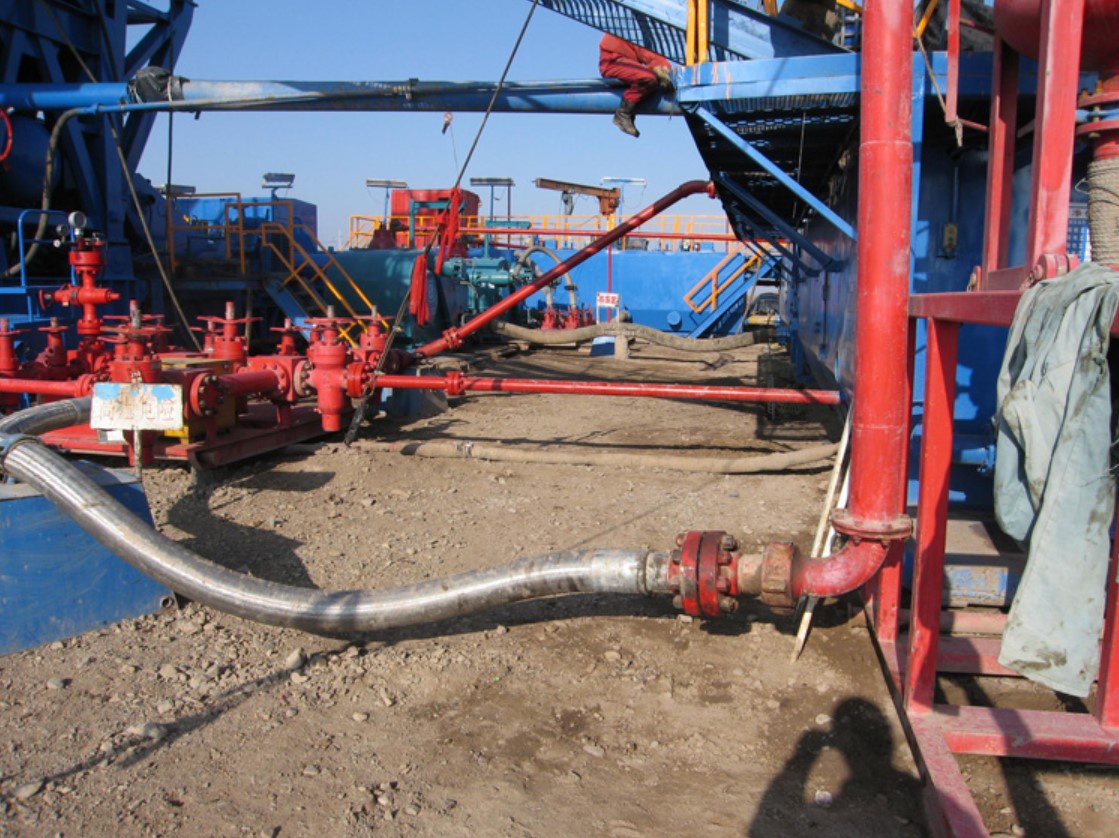Have you ever wondered about the behind-the-scenes process of creating essential tools used in welding? Welding hose manufacturers play a crucial role in crafting durable and reliable hoses that facilitate the welding process. In this article, we will take an in-depth look at the life of welding hose manufacturers, exploring the intricate steps they follow to produce top-notch welding hoses that withstand the tests of fire and steel.
1. Understanding the Significance of Welding Hoses
Before delving into the manufacturing process, let's grasp the importance of welding hoses. These hoses act as a conduit for various gases used in welding, such as oxygen, acetylene, and argon. The seamless flow of these gases is vital for a successful welding operation.
2. Selecting the Right Materials
Manufacturing welding hoses requires the use of high-quality materials. Manufacturers carefully choose materials like synthetic rubber for the inner layer, high-strength textiles for reinforcement, and protective covers made from synthetic materials. The selection process ensures that the hoses can endure extreme conditions and exposure to heat, oil, and abrasion.
3. Braiding the Layers
To create a durable and reliable welding hose, manufacturers employ a braiding process. This step involves intertwining the inner tube and reinforcement materials together. The braiding enhances the hose's strength, flexibility, and pressure resistance, making it suitable for various welding applications.
4. Vulcanization Process
Vulcanization is a critical step that involves subjecting the hose to heat and pressure. This process chemically bonds the layers together, ensuring they remain securely attached even under extreme conditions. Vulcanization also contributes to the hose's ability to withstand high temperatures without losing its shape or functionality.
5. Quality Control Measures
As safety is of utmost importance in welding, manufacturers implement stringent quality control measures. Each hose undergoes thorough testing, including pressure checks, leak detection, and resistance examinations. These tests guarantee that the hoses meet industry standards and are safe for use by welders.
6. Coiling and Packaging
Once the hoses pass the quality control tests, they move on to the coiling and packaging stage. Manufacturers carefully coil the hoses and package them, ready for distribution. The packaging process ensures that the hoses remain in optimal condition during transit and storage, arriving at the end-users in perfect shape.
7. Meeting Industry Standards and Regulations
Welding hose manufacturers are keen on complying with industry standards and regulations. They keep themselves updated with the latest safety guidelines and environmental regulations. This commitment ensures that the hoses not only perform well but also contribute to a safer working environment for welders.
8. Continuous Innovation and Research
In a rapidly evolving world, welding hose manufacturers understand the importance of innovation and continuous research. They invest in developing new materials, exploring improved production techniques, and creating hoses that meet the evolving needs of the welding industry.
9. Environmental Sustainability
Modern welding hose manufacturers emphasize sustainability and eco-friendliness. They strive to reduce waste, recycle materials where possible, and optimize production processes to minimize their environmental impact. This approach aligns with the growing global awareness of sustainable manufacturing practices.
Conclusion
Welding hose manufacturers are the unsung heroes behind the scenes, ensuring welders have the tools they need to carry out their work safely and effectively. From selecting top-notch materials to adhering to strict quality control measures, their dedication is evident in every welding hose they produce.
FAQs (Frequently Asked Questions)
1. Are welding hoses suitable for all welding processes?
Welding hoses are versatile and can be used with various welding processes, including oxy-fuel welding, arc welding, and gas tungsten arc welding (GTAW).
2. Can welding hoses withstand extreme temperatures?
Yes, welding hoses undergo vulcanization, which enables them to withstand high temperatures without compromising their integrity.
3. Are welding hoses safe to use with flammable gases?
Welding hoses are designed and tested to be safe with flammable gases like acetylene, making them reliable for welding applications.
4. How often should welding hoses be replaced?
It is recommended to inspect welding hoses regularly and replace them if there are signs of wear and tear or damage to ensure safety during welding operations.
5. Do welding hose manufacturers offer custom hose solutions?
Yes, many welding hose manufacturers provide customized solutions to meet specific requirements of welding professionals and industries.


No comments yet